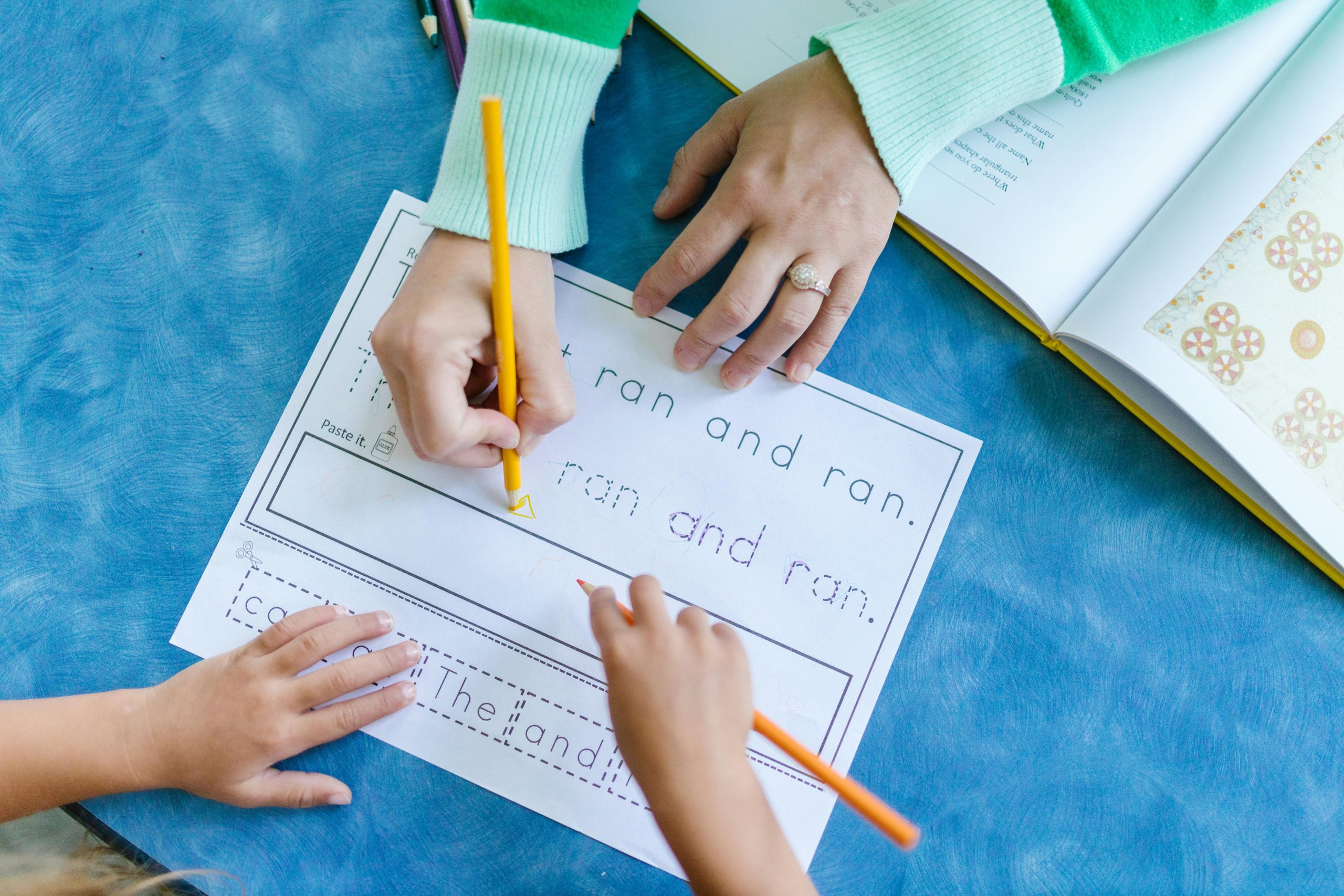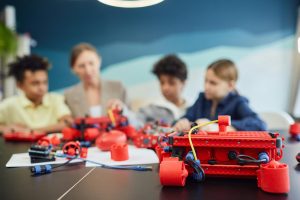Creativity and Innovation: Teaching the Unteachable Skills
In today’s fast-paced and ever-changing world, creativity and innovation have become essential skills for success. As businesses and industries constantly evolve, the ability to think creatively and come up with innovative solutions is what sets individuals and companies apart. However, despite its importance, many educators struggle with teaching these “unteachable” skills. In this article, we will explore the concept of creativity and innovation and discuss ways in which educators can effectively teach these skills to their students.
The Importance of Creativity and Innovation
Creativity and innovation go hand in hand and are often used interchangeably. While they are closely related, they are not the same. Creativity is the ability to think outside the box and come up with original ideas and solutions. On the other hand, innovation is the process of turning these ideas into tangible and successful outcomes. Both these skills are crucial in today’s highly competitive and constantly evolving world. They allow individuals and businesses to adapt, problem-solve, and stay ahead of the curve.
Research has shown that there is a strong correlation between creativity and success. In fact, a study by IBM found that creativity was the most important skill for future success. It is no longer enough to simply follow instructions or do things the traditional way. The ever-changing world demands individuals who can think creatively and come up with innovative solutions to new challenges.
The Challenges of Teaching Creativity and Innovation
Despite its importance, many educators struggle with teaching creativity and innovation. This is because these skills are often seen as “black box” concepts – hard to define and even harder to teach. Other challenges include a lack of resources, a rigid curriculum, and the fear of deviating from traditional teaching methods. However, it is important to note that creativity and innovation are not innate skills but can be nurtured and developed through effective teaching methods.
Encouraging Creativity in the Classroom
The first step in teaching creativity and innovation is to create an environment that encourages it. This can be achieved by incorporating open-ended questions, brainstorming sessions, and creative activities into the curriculum. These methods can help students develop their problem-solving skills and think outside the box. It is also important to provide students with feedback that encourages and supports their creative thinking.
Teaching the Process of Innovation
Innovation is not a one-time event or a stroke of genius. It is a process that involves trial and error, experimentation, and continuous improvement. Educators can teach this process by incorporating design thinking or the lean startup methodology into their teaching methods. These frameworks teach students to identify problems, come up with solutions, test and refine them, and eventually turn them into successful outcomes.
Incorporating Technology in Creativity and Innovation Teaching
New technologies offer a vast array of possibilities for teaching creativity and innovation. Online tools, such as mind mapping software and virtual collaboration platforms, can facilitate brainstorming and problem-solving activities. Virtual reality and augmented reality technologies can also be used to create immersive and interactive learning experiences, encouraging students to think outside the box and come up with innovative solutions.
Conclusion
Creativity and innovation are crucial skills that can no longer be ignored in today’s fast-paced world. While they may seem difficult to teach, educators can incorporate various methods and techniques to nurture and develop these skills in their students. By creating an environment that encourages creativity, teaching the process of innovation, and incorporating technology, educators can successfully teach these “unteachable” skills and prepare their students for a successful future.










